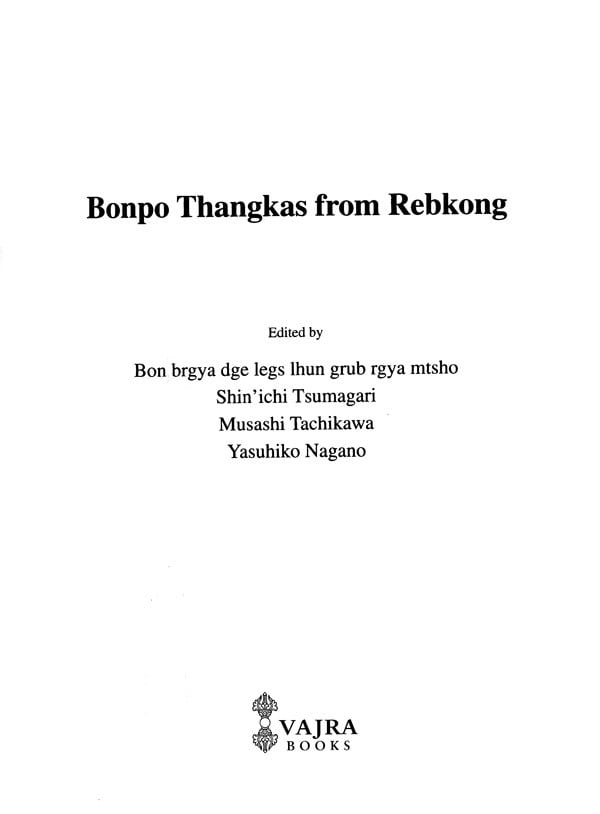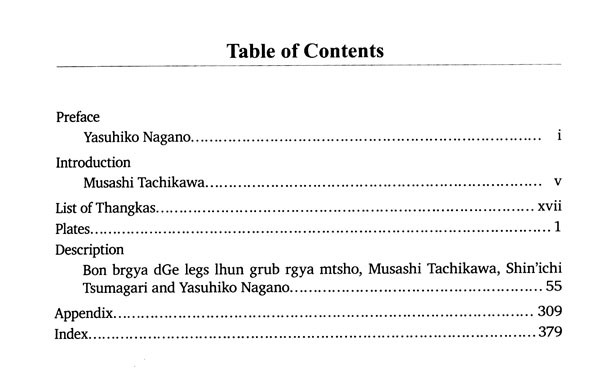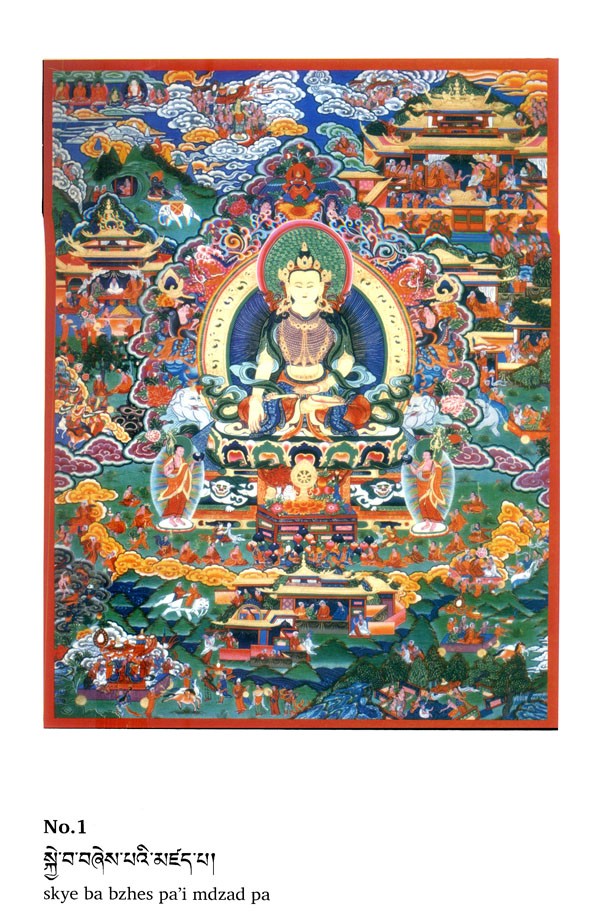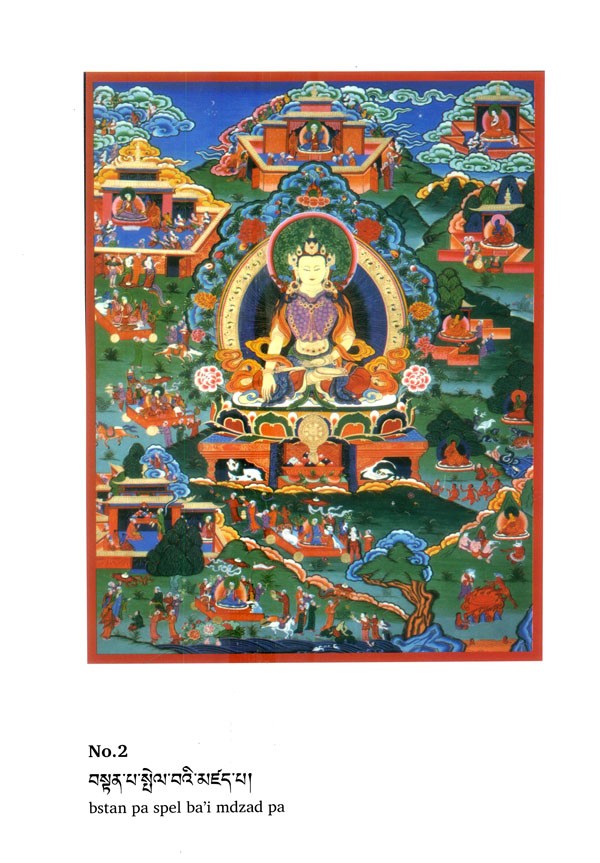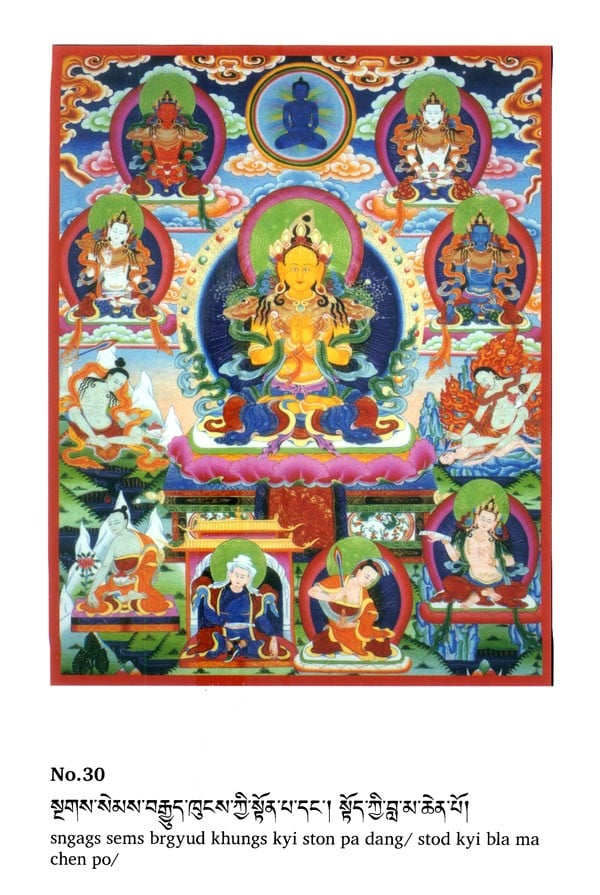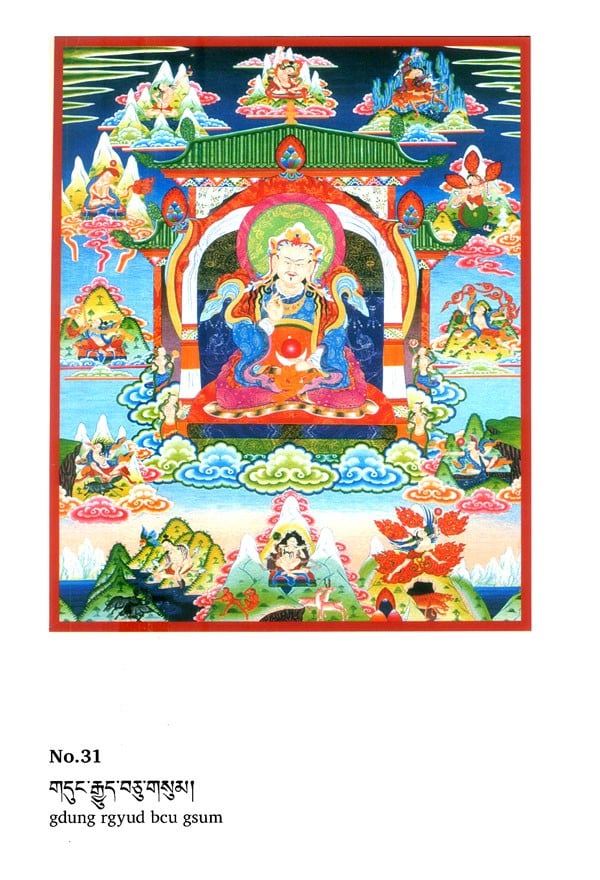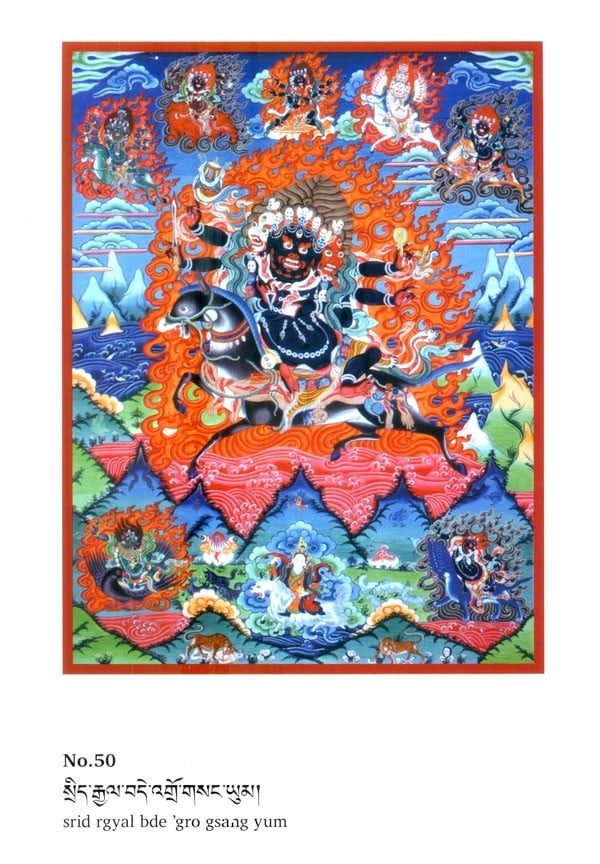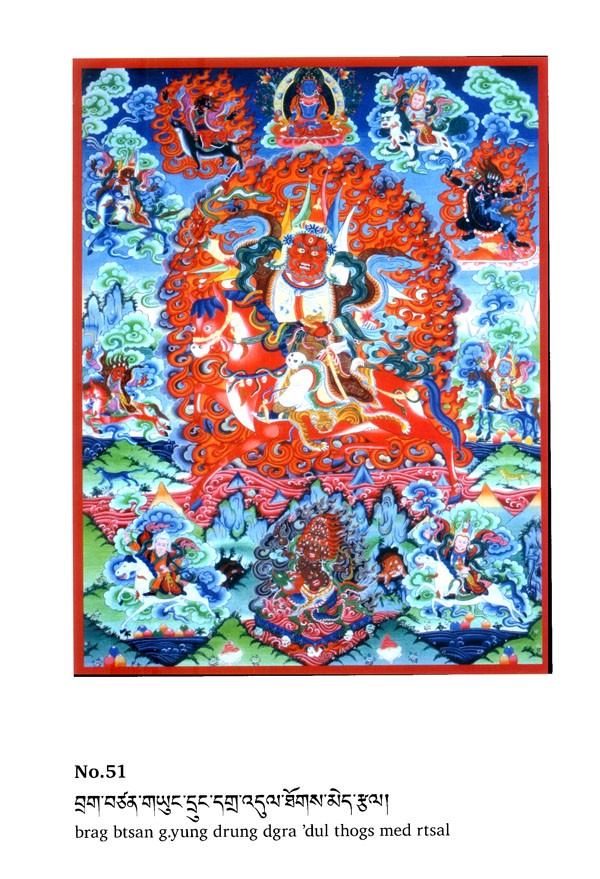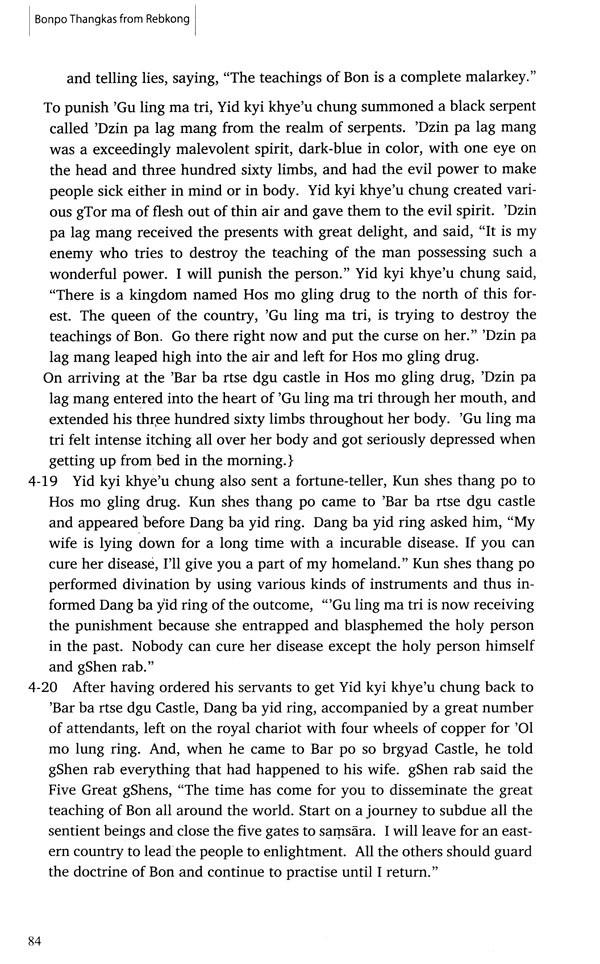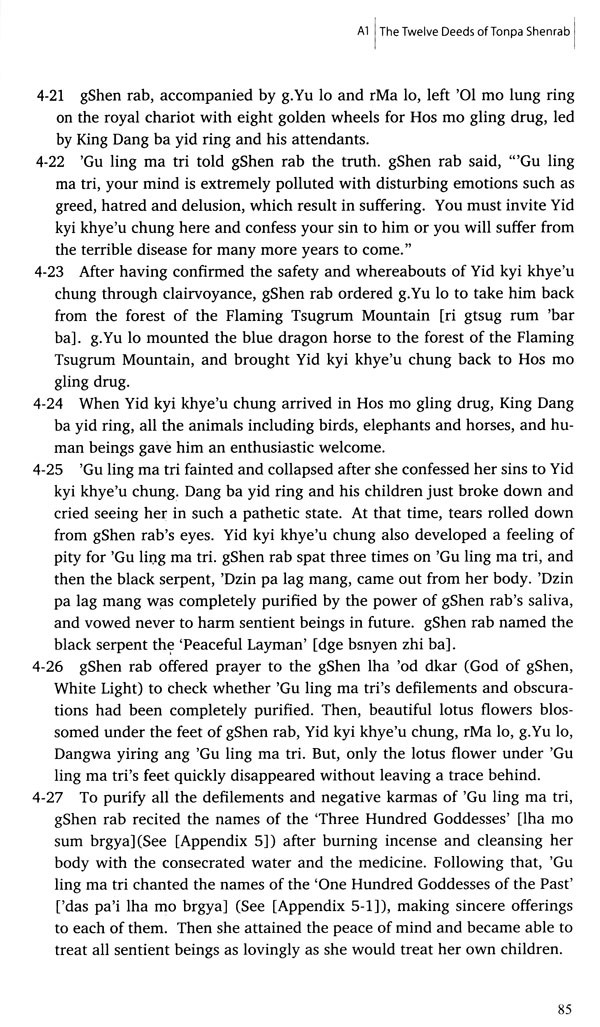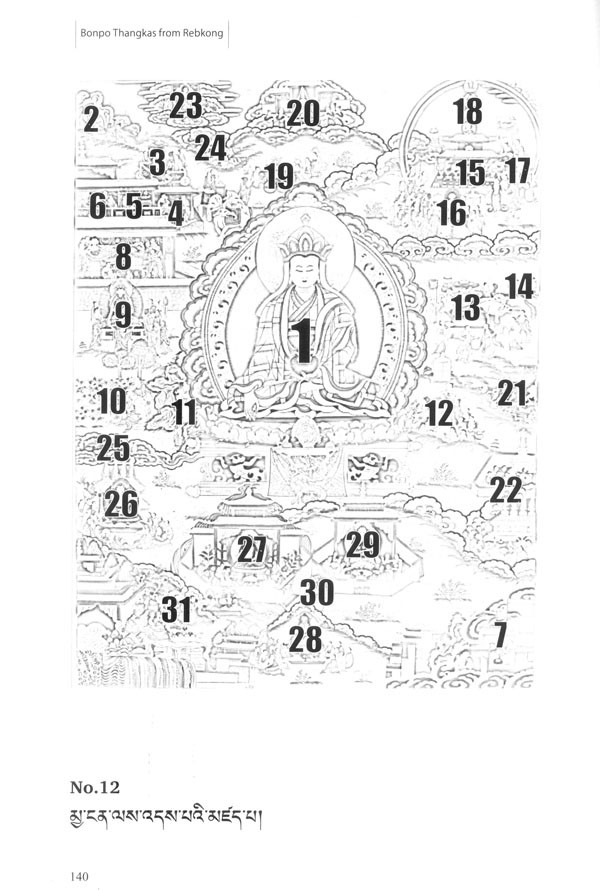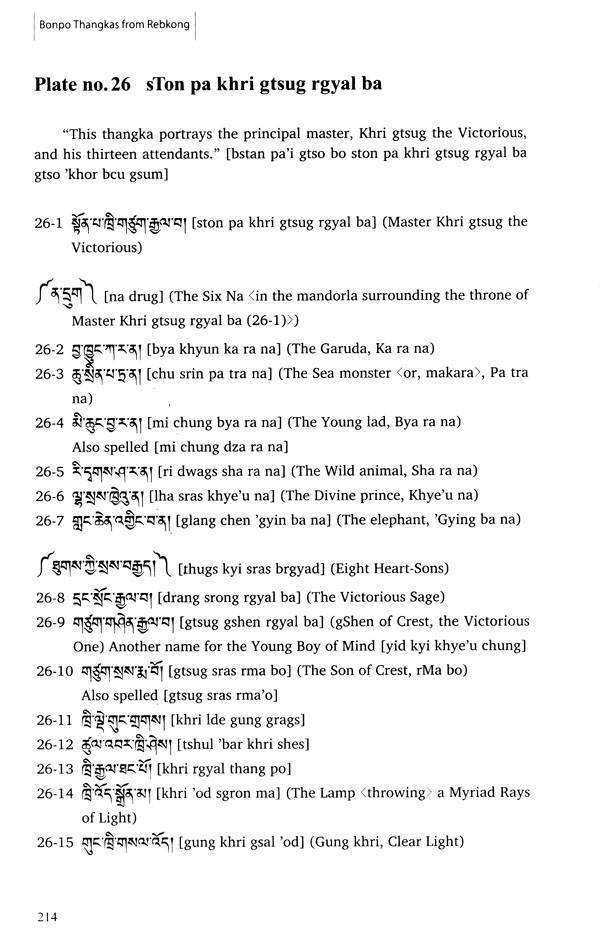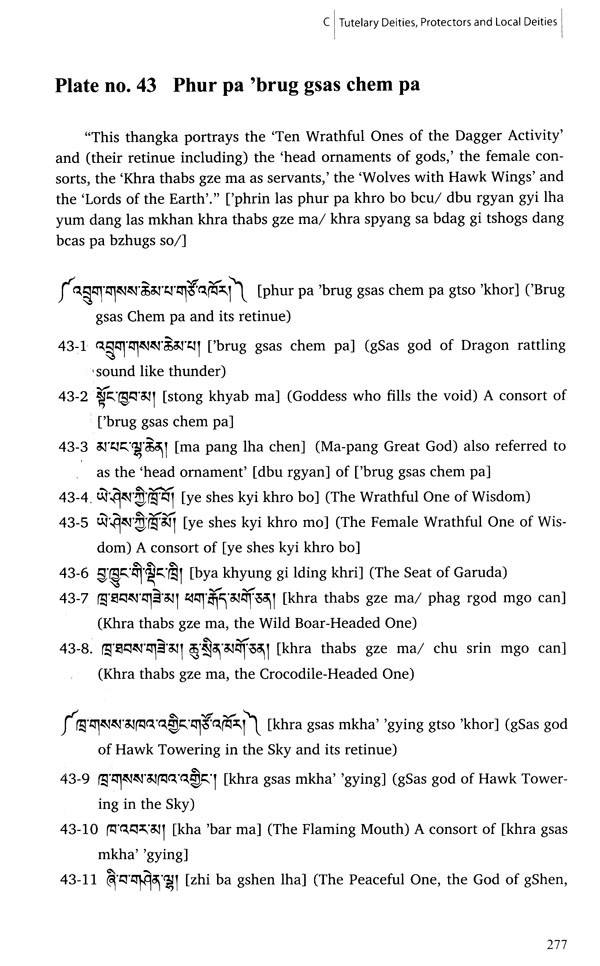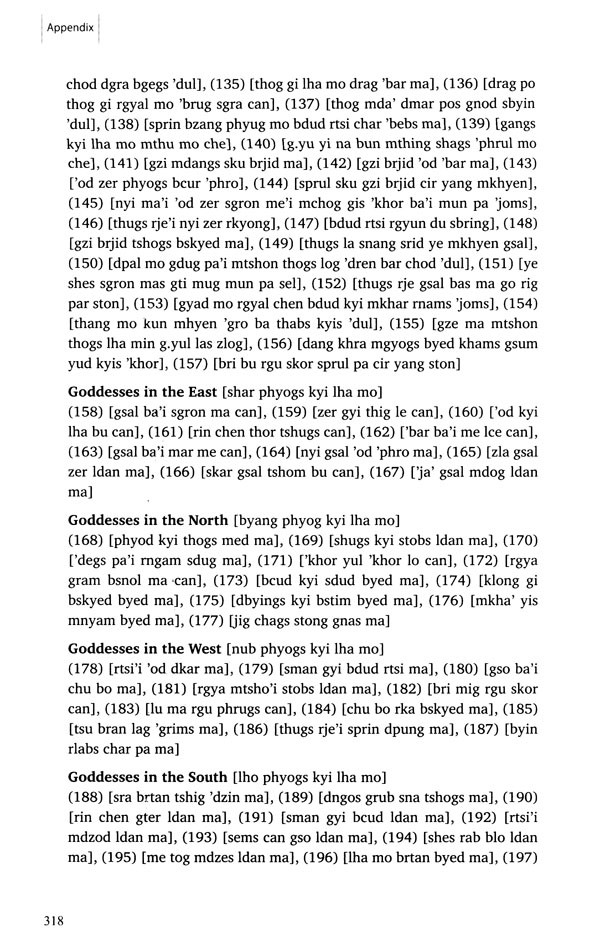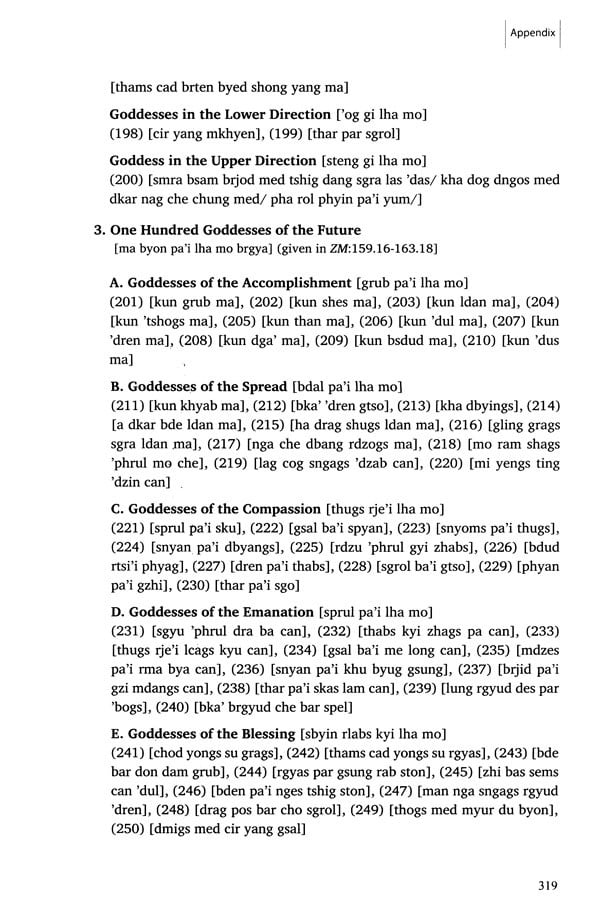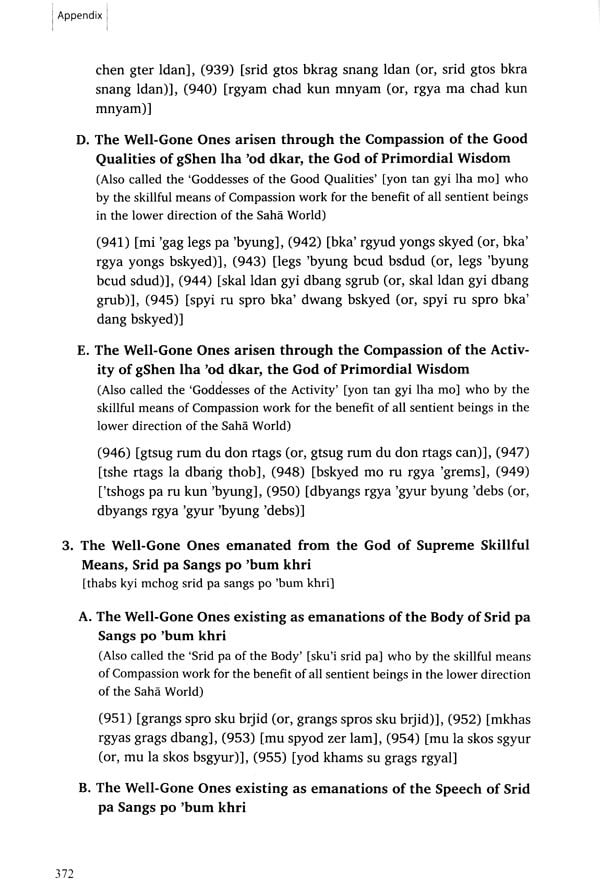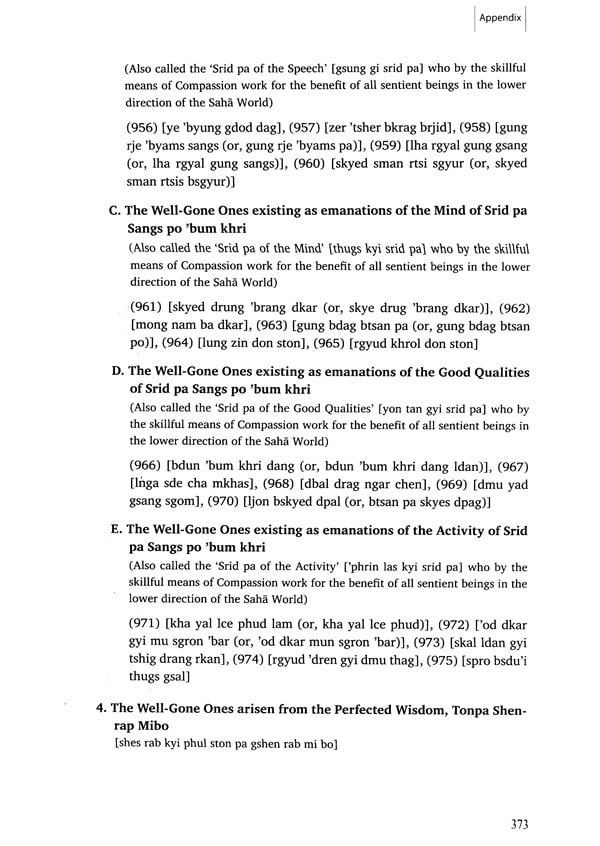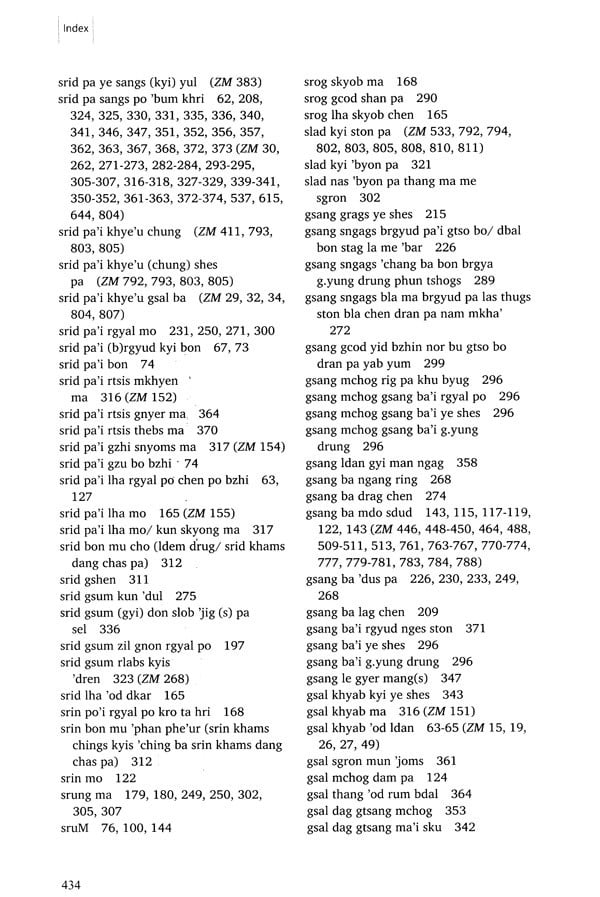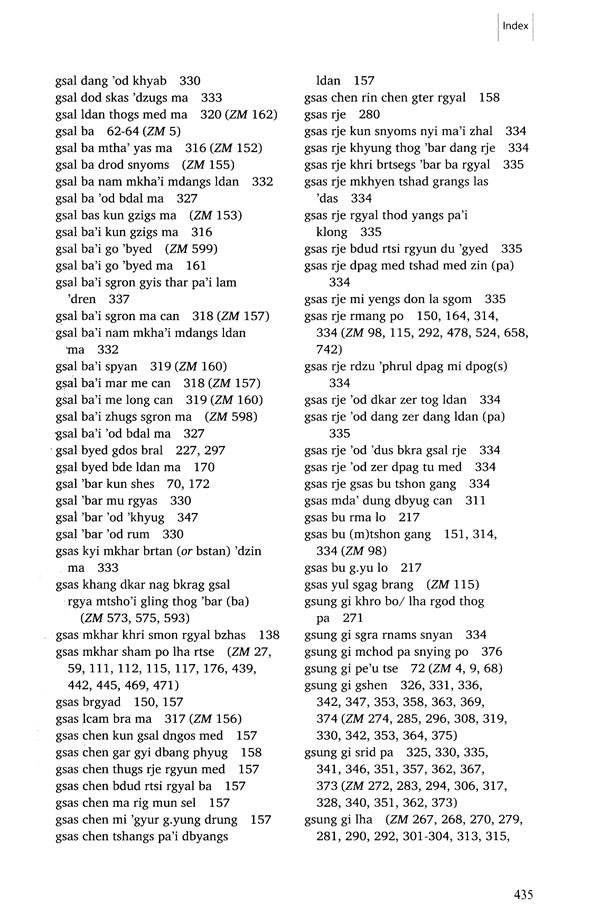
Bonpo Thangkas from Rebkong
Book Specification
| Item Code: | UAO661 |
| Author: | Various Authors |
| Publisher: | Vajra Books, Nepal |
| Language: | English and Tibetan |
| Edition: | 2011 |
| ISBN: | 9789937623766 |
| Pages: | 458 (Throughout Color and B/w Illustrations) |
| Cover: | PAPERBACK |
| Other Details | 9.50 X 7.00 inch |
| Weight | 810 gm |
Book Description
In these projects, I have been making an effort to develop a solid research basis for the study on Bon culture. Thanks to the generous assistance of my working place, the National Museum of Ethnology, Osaka, I have been able to successfully collect basic research materials, such as mandala, thangka, and a huge collection of Bonpo canonical works as well as other texts on a wide variety of topics. On the basis of those, we have already had three volumes concerning iconography published under Bon Studies series: Mandalas of the Bon Religion, Bon Studies 1 (SER 12), Feast of the Morning Light, Bon Studies 9 (SER 57), and Bonpo Thangkas from Khyungpo, Bon Studies 10 (SER 60).
The present volume contains a detailed descriptive analysis of a set of at thangka collection from Rebkong (W), one of the strongholds of Bon culture in northern Tibet, where a different system and style from that of the Khyungpo school is observed. This thangka collection is under the possession of National Museum of Ethnology, Japan. Since, unlike the Buddhist tradition, Bonpo do not have any reference of norms for their thangkas, our work started from the iconographical description found in Bon liturgical texts. For this purpose, we requested Venerable Bon brgya dGe legs lhun grub rgya mtsho to commission the artists in Rebkong to draw the paintings in accordance with the texts. We have therefore thangka paintings that follow the traditional style of the Rebkong region. I might add that we have also tried to identify the deities in thangkas in parallel with the Bonpo mandalas and thangkas from Khyungpo that we have published (SER 12, 2000 and SER 60, 2005).
I hope this volume will be the impetus for continued interest in Bon studies.
The original size of most of the mandalas included in the collection is 63×63 cm, with some exceptions of a larger size (80x80 cm). Each mandala of the Triten Norbutse Collection was painted in accordance with the ritual texts explaining the theory and practice of the mandala.
The Mandala Collection is divided into five groups: 1. The vehicle of primordial Bon purifying activities (bya ba gtsang spyod ye bon gi theg pa).
II. The vehicle of miraculous power of many sorts (rnam pa kun Idan mngon shes kyi theg pa). III. The vehicle of the playfulness of compassion producing real results (dngos bskyed thugs rje rol pa'i theg pa). IV. The vehicle of completion endowed with supreme profits (shin tu don Idan kun rdzogs kyi theg pa), and V. Supplementary mandalas.
The third group is subdivided into three sections (A, B and C), but no special name is given to each of the three individual sections. The way of dividing the Bonpo mandalas into the first four groups seems to have been influenced by the Buddhist Four Tantras: Kriya, Carya, Yoga, and Anuttarayoga. That is, one can say that each of the Bonpo four vehicles corresponds respectively to each of the Buddhist Four Tantras up to a certain degree.
**Contents and Sample Pages**
